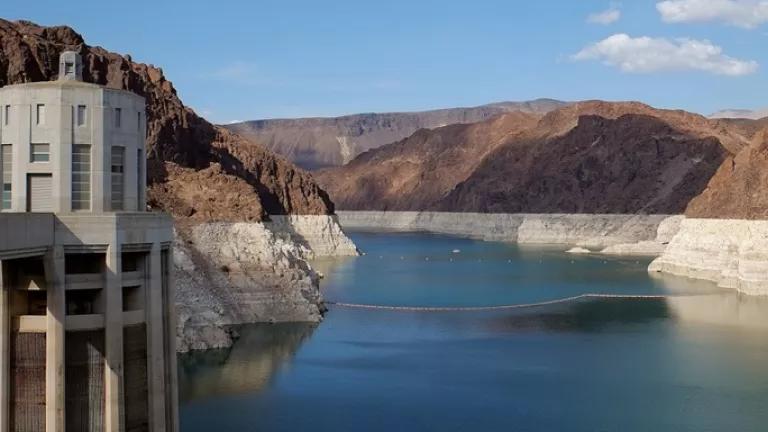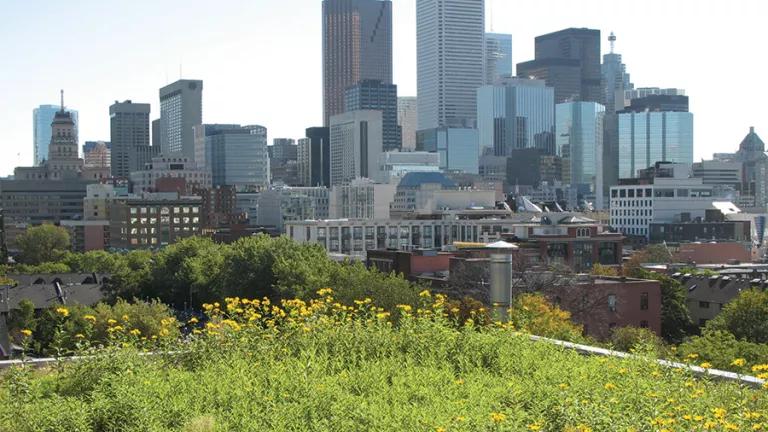Every time it rains, Washington, D.C. -- like most major cities -- is plagued by stormwater runoff, which has gravely contaminated the city's three major rivers (the Potomac, the Anacostia, and Rock Creek). To clean up the pollution, the city's Water and Sewer Authority (WASA) -- known as DC Water since 2010 – originally planned to rely on conventional stormwater management practices, which are costly and outdated. In this July 2002 report, NRDC recommended instead that WASA adopt an approach called low-impact development, which would use "green" roofs, strategically placed beds of native plants, rain barrels, and other measures to soak up rain and prevent it from washing directly into waterways. NRDC also urged the local government and WASA to restructure the city's flat stormwater fee, protect environmentally sensitive lands, restore the urban forest, and encourage water conservation and water reuse techniques.
Since the release of this report, DC Water has proposed to modify its combined sewer clean-up plan to incorporate more low-impact development, though doing so would lead to delays of several years. Before it can be approved, this proposal will be reviewed by the U.S. Environmental Protection Agency, the Department of Justice, the courts, and the public. In the meantime, DC Water has shifted from a flat stormwater fee to an "Impervious Area Charge" based on a property's contribution to runoff pollution.



